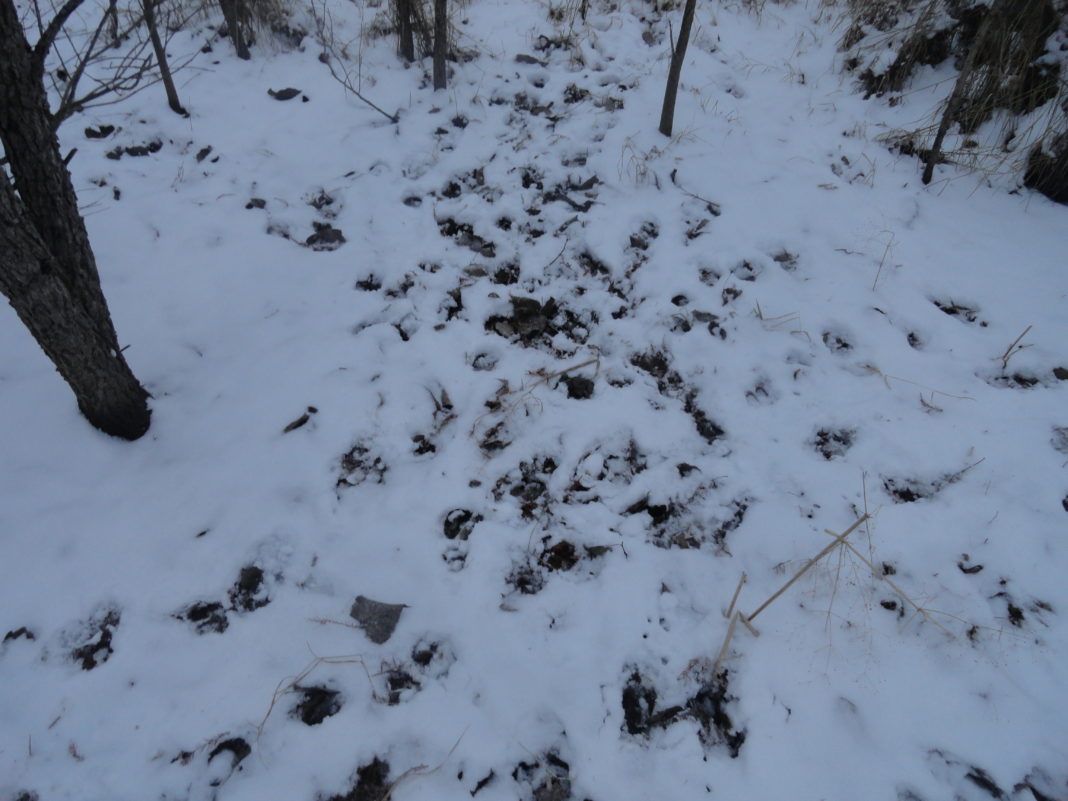Hunters know that the breeding phase of the rut is the best time of the year to tag a true trophy buck, but that does not always happen. Many hunters will find themselves in the woods when the breeding phase of the rut is only an afterthought to bucks still roaming. This has been said to be one of the toughest times to hunt, and for good reason.
After weeks of chasing does, fighting other bucks and mal-nourishment, bucks finally have had all their body can take, and they must start re-building their body if they want to survive the winter. Bucks will stop moving across the country side hoping to fill his need to breed as many does as he can, and return to his home turf where he feels safe, as well as comfortable.
Hunting near scrapes or rubs will no longer be productive. Focusing your hunting attention on does will be frivolous unless you want to kill a doe. To kill a buck during the recovery phase of the rut, you have to hunt where he is, not where you would like for him to be.
In order to hunt where the bucks are, you have to happen to be in the right place at the right time or know where the deer should be and normally are at this time. I like to be lucky as the next hunter, but I would prefer to put the odds in my favor and hunt high percentage locations.
Seventy to eighty percent of whitetail does will be bred during the two week breeding phase of the rut. When this is over, most bucks will return to their bedding grounds.
Not every buck will enter the recovery phase of the rut at the same time. Often, “lesser” bucks will be the last to enter this phase. How hard they worked and fought during the peak of the rut will dictate when they are no longer able to continue this strenuous lifestyle and need to recover. When they decide to transition from breeding to recovery, it will take a couple of days for this to happen.
Knowing where a buck’s bedroom is, and hunting in very close proximity to or even in his bedroom put the odds in you favor of connecting on a nice buck. Prior scouting trips and actually seeing bucks throughout the season should give you a good starting point in locating his bedroom.
At the beginning of the recovery stage, a buck will stay bedded for three or four days, not moving unless he has to use the restroom. After these first few days of building his energy up, they will start thinking about putting food in their bellies. Knowing what the deer are eating this time of year that is close to his bedding grounds is significant information for a successful hunt.
As I mentioned in the beginning, this is a very tough time to harvest a mature buck. Winters in Illinois have changed a lot over the years, and a good snowfall does not happen on a regular basis. As much as we hate to shovel the sidewalks after a fresh snow, this very snow can prove very useful when following a buck’s track to his bedding grounds. This is a hunting technique that can prove to be one of the best out there when the conditions are right, but the hunter has to be very patient, stopping often to glass in front of him for any sign of a bedded deer, such as the glimmer of an antler in the sun, flick of the ear or just a small patch of brown out of place in the white landscape before making the next step. Without snow, the difficulty in such a tactic increases ten-fold and very hard to execute. This is when good optics proves to be worth their weight in gold. Remember the deer has everything in his advantage. He can stay bedded all day long, with nothing else to do but watch for danger.
Remembering that the first few days of recovery, a buck will rarely move from his bed for any reason except to relieve itself, another good option, and my choice, is to set up between where he beds and where he feeds. A buck knows that as soon as he is capable of moving about that he must eat in order to survive the winter.
Temperatures are getting colder by now so some of the best times to have an encounter with a buck is mid-morning when he gets up to feed and the last two hours before the sun sets. For the hunter who is patient enough to sit through some cold temperatures waiting for a buck to feed will often come out ahead at a time most hunters are not for sure what to do.



















![The Best Deer Camp Chili [VIDEO] Deer Chili Ingredients, Tomatoes, Chili Spices](/wp-content/uploads/2015/10/Deer-Chili-Deer-Camp-Recipe-218x150.jpg)
![How to Call Elk Early in the Season [VIDEO]](/wp-content/uploads/2016/08/byers003-218x150.jpg)




![Idiots Disturb Hunter: How Would You Have Handled It? [VIDEO]](/wp-content/uploads/2015/10/DSC00110-e1474487693878-100x70.jpg)
![Albino Buck Shocked to Shed His Antlers [VIDEO]](/wp-content/uploads/2015/10/AlbinoDeer-100x70.jpg)